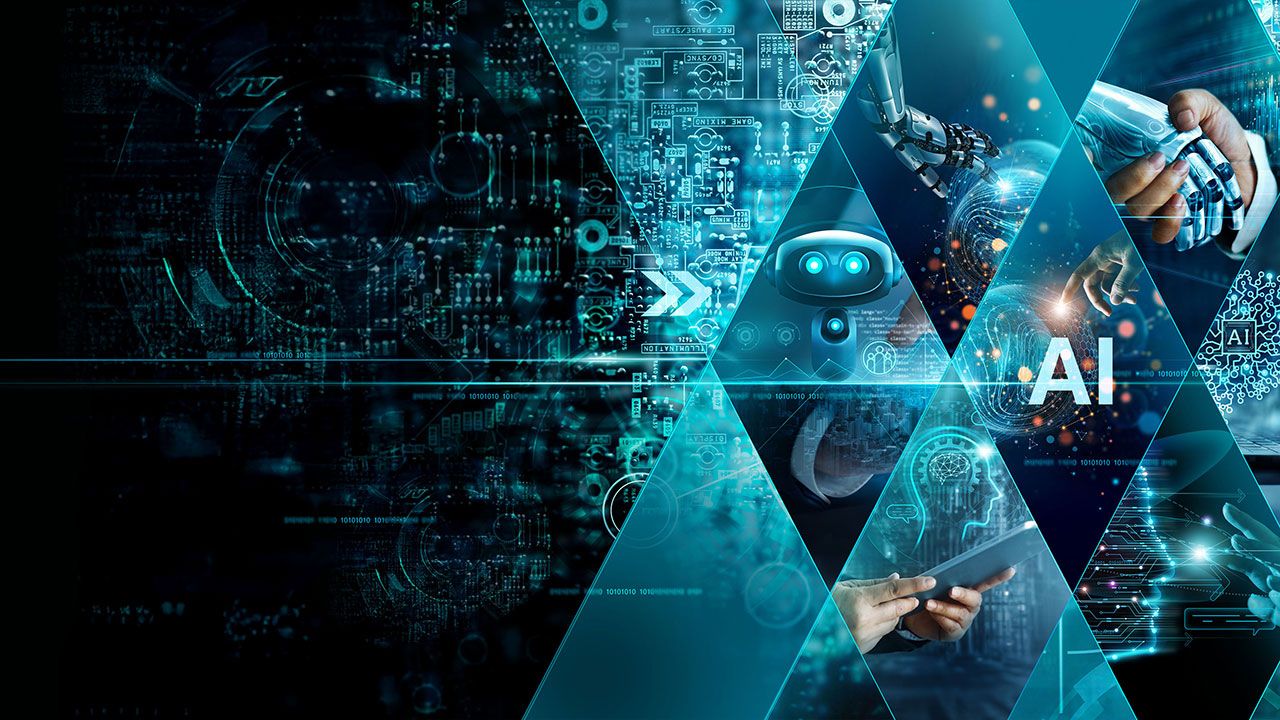Article
Pharmaceutical Technology Europe
Pharmaceutical Technology Europe
Critical control points
Author(s):
Such an approach inevitably leads to increased front-end costs, but the advantages include better quality, reduced wastage and less product variability.
Meeting regulatory requirements is one of the life sciences industry's biggest costs and, at the same time, regulators are encouraging manufacturers to take greater responsibility for improving product quality.

Mike McKenna
For bodies such as FDA and the Medicines Health Regulatory Agency (MHRA), such a regime of self-regulation is welcome as it reduces the need for them to undertake costly interventions, and should also lead to product quality improvements.
For some industries, self-regulation has failed to bring about the expected benefits, but others have achieved impressive cost savings as a result of better product quality and faster time-to-market. Nevertheless, no self-regulating regime is going to pass scrutiny if the manufacturers cannot convince the authorities that they fully understand the technical aspects of their production process and have minimized the risks associated with them. After all, the bottom line for FDA, MHRA and regulatory agencies is to protect patient health.
Focus on risk
Regulators are keen to see that manufacturers are adopting a risk-based approach to their manufacturing processes and systems. First, it shows that the manufacturer has a total understanding of the science behind its processes. Second, it demonstrates that this knowledge is being applied in risk management procedures that ensure the very best product quality.
Companies that have worked hard to achieve this level of understanding are reaping the financial rewards through a reduction in the frequency and intensity of regulatory inspections, and the number of quality systems they have to install. It's also worth noting that companies experiencing increased levels of regulation are doing so because they have failed to demonstrate to regulators that their processes are sufficiently well-understood.
Analysis
As new analytical techniques emerge, it is becoming possible to understand the manufacturing process right down to the atomic level. This means that scientists and engineers are better grasping the critical control points in the process, which are already being widely used by the food and oil industries to ensure process repeatability.
In the life sciences industry, critical control points assume huge importance as processes move from laboratory-scale to production-scale. At each stage in the scale-up, the process dynamics change. The traditional approach followed a procedural-based strategy until the product was manufactured the same way on three different runs. Whichever process achieved this was then adopted as the method for manufacturing that particular product.
The science-based approach ensures that when these critical control points are achieved, the manufacturer is in full control of the process — and the key to this is data acquisition. As the scientist knows which measurements to take and which variables to measure, the laboratory is effectively brought to the production department. Variables can be measured in-line, while in-line process control is also performed.
Then comes the clever bit. Advanced process control and analysis tools are used to identify correlations between the process elements and interactions at the molecular or biological level. An understanding of this, together with the ability to pinpoint mathematical correlations, allows predictions to be made of what exactly is happening during the process. The software required to do this relies on statistical process control and spectral analysis. Uni-variant data, such as temperature, pressure and flow, is put into a big mathematical engine along with multi-variant data such as optical spectrometry, mass spectrometry, infrared spectroscopy, vibration spectroscopy and nuclear magnetic resonance spectroscopy. The engine seeks out correlations between data and set process points — a strategy that is very successful for users in the food and oil industries.
When the process is fully understood in the laboratory scenario, the same measurement and analysis technology can be taken to the production line to do in-line control on new measurement techniques. Such an approach inevitably leads to increased front-end costs, but the advantages include better quality, reduced wastage and less product variability.
And when FDA and MHRA see this, it is a clear signal that you know your process inside out, are managing it as safely and efficiently as possible, and, therefore, will not require extra regulatory policing.
Mike McKenna is a business development manager of life sciences at Eurotherm Ltd (UK).
Newsletter
Get the essential updates shaping the future of pharma manufacturing and compliance—subscribe today to Pharmaceutical Technology and never miss a breakthrough.






